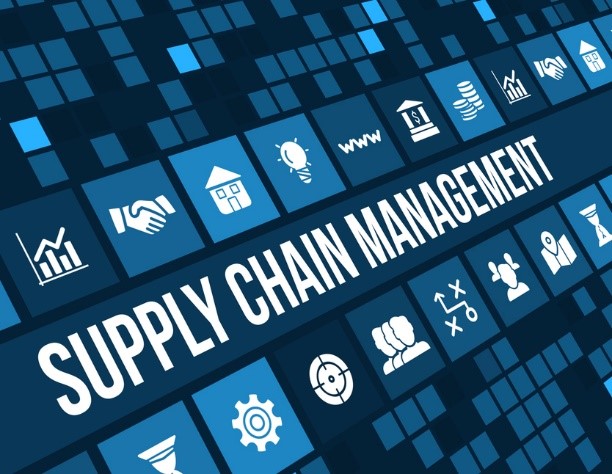Supply chains form the backbone of an organization. A robust supply chain can lead to immense customer satisfaction but glitches, even minute ones can often have severe negative impacts. Profits may go down, customers may be dissatisfied and many a time, supply chain issues can also harm business reputation. Every supply chain has its own set of challenges. This can be due to lack of a concrete set of standards, lack of attention to details or the business may treat each function separately, leading to it operating in silos. Often supply chain inefficiencies may stem from all three and several other reasons.
In order to build a sustainable business, it is imperative to place priority on your supply chain network. Businesses should focus on identifying challenges that hamper supply chain effectiveness and implement solutions to handle these problems. So how can a business go about this process?
Identify the problem areas
As the first step toward building a strong supply chain for your organization, you need to recognize and identify the problem areas and understand how the issue is impacting your supply chain efficiency. The problem may be in your manufacturing, supplier-base, storage, distributors, transportation, retailers and even customers. You need to diagnose the pain-points, layer by layer.
There may be a number of supply chain pain-points that your organization may be reeling under. You may have an ineffective/unsuitable Information Technology infrastructure that may be a reactive analytics set-up unable to give you insights on future market-trends leading to a mismatch in inventory. Due to lack of source tagging technology, you may be incapable to track where your inventory is stuck in the network. Compliance may also be another issue. These are just some of the many challenges that organizations may face. Having an ineffective supply chain directly affects customers’ sentiments toward your organization. Hence prioritize to analyse and overcome pain points as effectively and quickly as possible.
Identify Solutions
After diagnosing the problems, you need to identify the apt solution. The below few points talk about ways to deal with supply chain inefficiencies:
- Implement lean action workouts
In order to identify opportunities for supply chain improvement within a warehouse, carry out lean action workouts. These workouts focus on operational, safety and quality aspects within a distribution center. When done correctly, they can significantly impact bottomline and drive customer satisfaction.
- Supply chain or transportation network study
Is your logistics and transportation customer-focused? In other words, you need to ensure that your transportation and distribution system properly optimizes your supply chain to meet your most important supply chain goal – getting your product to your customers in the right time, at the right cost. Re-assess your transportation and distribution network. You can engage a third party provider or supply chain consultant with engineering expertise, the right supply chain optimization tools, and an intimate understanding of your industry to help you here.
- Leverage technology
You need to set-up a technological infrastructure that is aligned to your business objectives. Embrace technology that strengthens you and drives wise business decision. Leverage technologies like advanced warehouse management system and other analytical tools to forecast, plan and anticipate demand. Use big data to extensively take future-forward decisions. This will help you to better understand product cycles and therefore ensure smooth product flow, a check on inventory costs and efficient usage of space.

